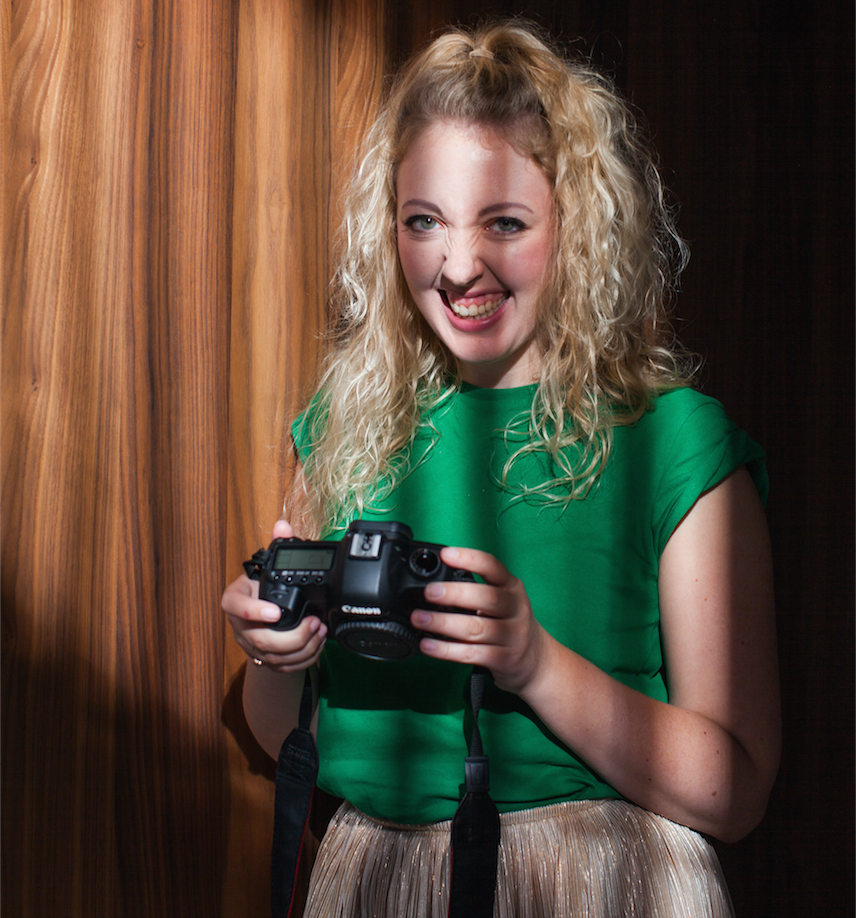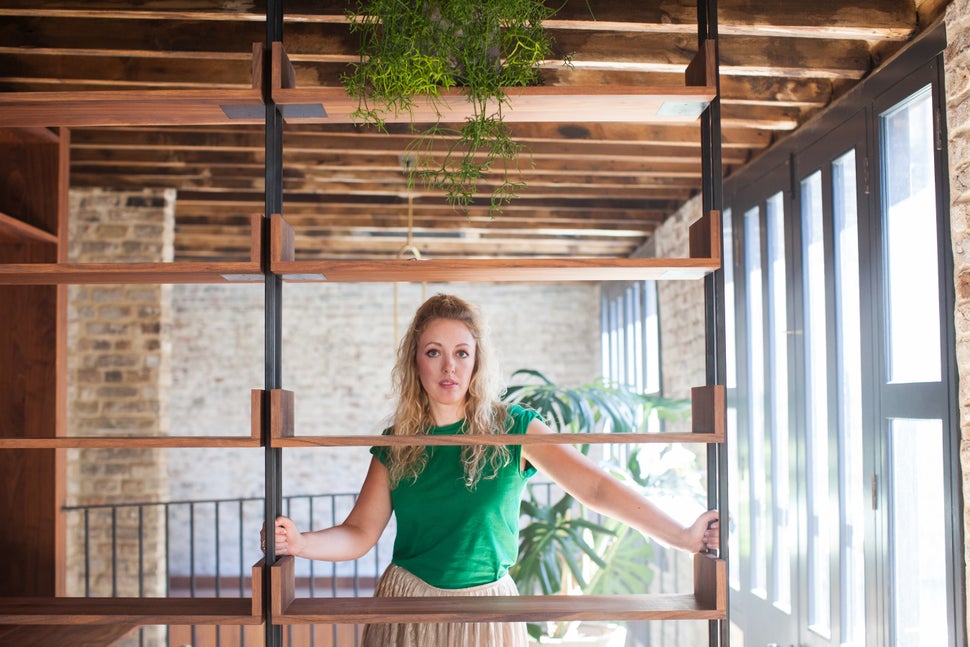
When your vagina is broken, you tend to meet lots of people in the vagina world. So when I heard about artist Laura Dodsworth’s Womanhood project through a friend, I knew immediately I wanted to get involved.
In 2014, I had cervical cancer and had my cervix, the surrounding tissue and a top third of my vagina removed, so when I say broken vagina, I mean I had to have it operated on.
The experience made me even more passionate about banishing shame and embarrassment from conversations about our bodies. I do stand-up comedy about my cancer and at the end of my set, I wheel out a giant, A1 poster of my vulva to try and break down some of the stigma and normalise the conversation around sexual health. When I saw Laura’s callout, I just thought, why wouldn’t I want to be part of this bigger project that will have further reach, more stories and have a bigger impact than what I’m able to do alone.
One of the reasons people don’t go for smear tests is because we’re so uncomfortable with the idea of vaginas and vulvas. There’s so much shame around female genitalia for many different reasons, impacted by age, religion, culture – everyone has their own reason.
Before I was diagnosed with cancer, I was too young for a smear test. The STI checks I’d done before had all been self samples, so nobody had actually ever examined my vulva before. The first time I had anyone other than a sexual partner between my legs, it was panic stations. At 24, I suddenly had to get used to loads of medical staff, loads of different appointments, loads of different people shoving things up there to save my life. I’m not naturally that shy about nudity anyway, which actually saved my life as I wasn’t embarrassed to go to the doctor’s about symptoms. But I didn’t really have much choice but to very quickly become OK with people looking at my vulva and touching it and prodding it and putting medical instruments in me. I quickly lost any sort of bashfulness, because there was absolutely no time to be bashful – I would have died. I had to learn that very quickly and in extreme circumstances.
To reclaim the part of my body that almost killed me and that had been so medicalised for so long – to choose to do something really deliberate and out there – was a way to take back control.

The day I was photographed, I had a t-shirt and bra on, but nothing from the waist down, and was sort of lying there with my legs open and vulva exposed. Of course, it was intimate to have a photographer there, there was also a film crew and other people in the room. I felt a little bit vulnerable because everyone around me was clothed, while I was the only one lying there unclothed, but I also felt very powerful, and the vulnerability kind of disappeared when I remembered why I was doing it. There was definitely an adrenaline rush – I was sweating, and was sort of lying there thinking: ‘what the f*** am I doing’. But, then it felt amazing realising I was taking part in something so special.
It became about taking charge in this artistic setting of how my vulva was presented, rather than: ‘Time for your cancer check up, Karen, take your clothes off’. I don’t have a choice when I go for my check ups to reveal that part of myself, so to know that I had chosen to lie there naked in this room full of strangers, that it was my choice rather than being examined on a doctor’s bench, was really important.
The project’s message of normalising women’s bodies is so vital. I was at dinner with one of my friend’s in her 40s recently who told me how much she hates that one of her labia hangs significantly lower than the other. I showed her some pictures from the project and she couldn’t believe how different they all were – how varied genitals can be.
There are very particular ways female bodies and female sexual organs are presented in culture and pornography, and hearing more and more about labiaplasty in the news puts pressure on people to look a certain way. How much happier would young girls be if they could see these different pictures and hear different stories? How much easier would it be to not have to live a lifetime of nervousness or embarrassment about their genitals?
Penises are outside the body, you can’t get away from seeing them by design, if you’re in a public toilet or swimming pool changing room, they’re there. But vulvas and vaginas are hidden, so having this series of photographs is really important to understanding that there’s no template, no two women look the same. How much more could we get done and how much more liberated would we be if we didn’t have to panic about what our vulvas look like?
I think it takes an extreme talent to make something so sensitive. The fact that Laura and the crew all had vulvas meant women were able to feel more comfortable, knowing they were being photographed by people who can empathise with their experience. It was a crew of really understanding, really respectful and sensitive people, and because of that, they were able to create something really special, and really empowering.
As told to Lucy Pasha-Robinson
‘100 Vaginas’ airs at 10pm on 19th February on Channel 4. The book ‘Womanhood: The Bare Reality’ is published by Pinter & Martin on 21st February’. Proceeds from the book are being donated to Eve Appeal
